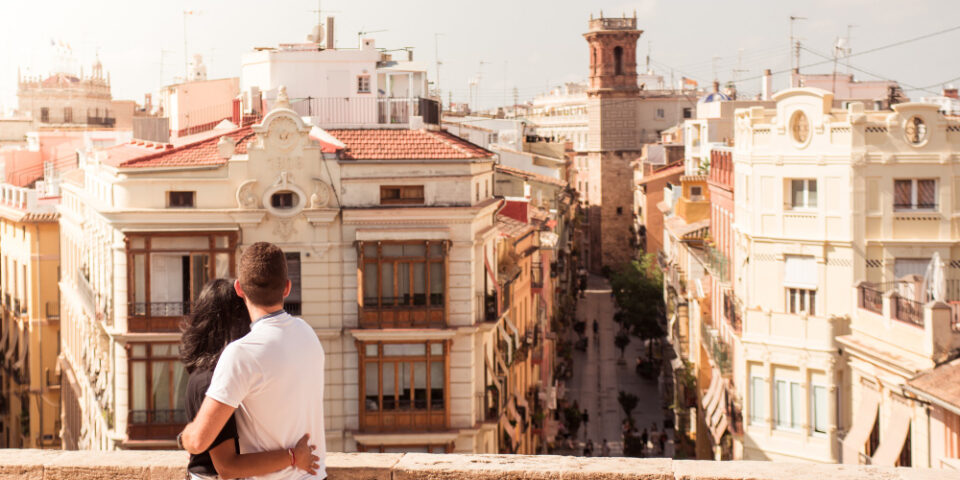Albi’s history is deeply intertwined with its medieval roots and cultural significance. The city traces its origins back to Roman times when it was known as “Albiga.” In the 5th century, Albi became an important episcopal city with the establishment of the Bishopric of Albi. During the Albigensian Crusade in the 13th century, Albi gained prominence as a stronghold against the Cathar heresy, leading to the construction of the imposing Cathédrale Sainte-Cécile, one of the largest brick-built cathedrals in the world.
Throughout the Middle Ages, Albi prospered as a center of trade and textile manufacturing, particularly in the production of pastel dye. This wealth contributed to the development of the city’s architectural heritage, including the impressive Palais de la Berbie, initially a fortified palace for the bishops and now home to the Musée Toulouse-Lautrec.
In the 19th century, Albi underwent modernization and urban development, preserving its historical character while adapting to changing times. The city’s red-brick architecture, characteristic of the region, became a defining feature that earned Albi its designation as a UNESCO World Heritage site in 2010.
Albi’s history reflects a complex tapestry of religious, cultural, and artistic influences, embodied in its medieval streets, grand buildings, and vibrant cultural institutions. Today, visitors can explore Albi’s rich heritage, from its medieval past to its thriving contemporary arts scene, making it a captivating destination in the Occitanie region of France.

